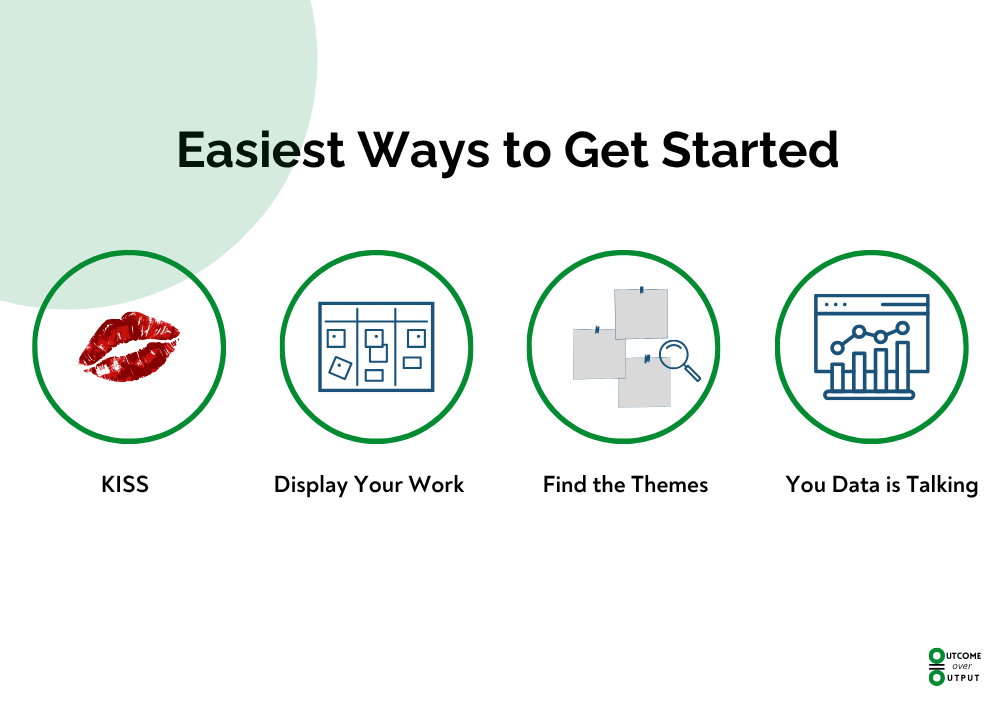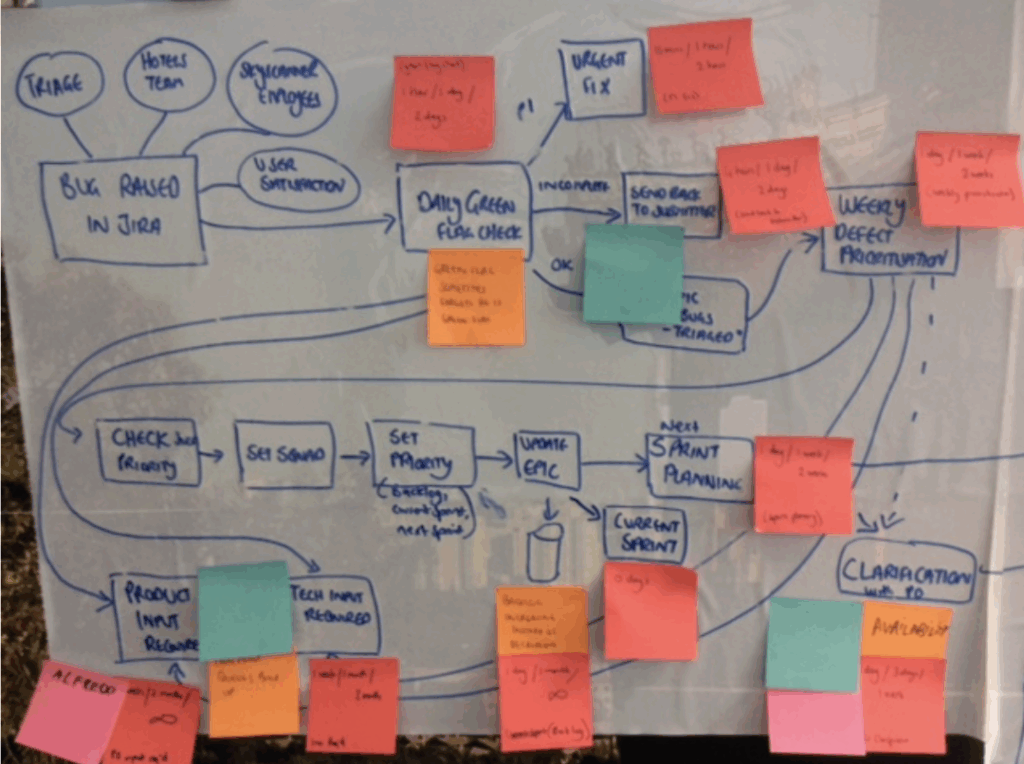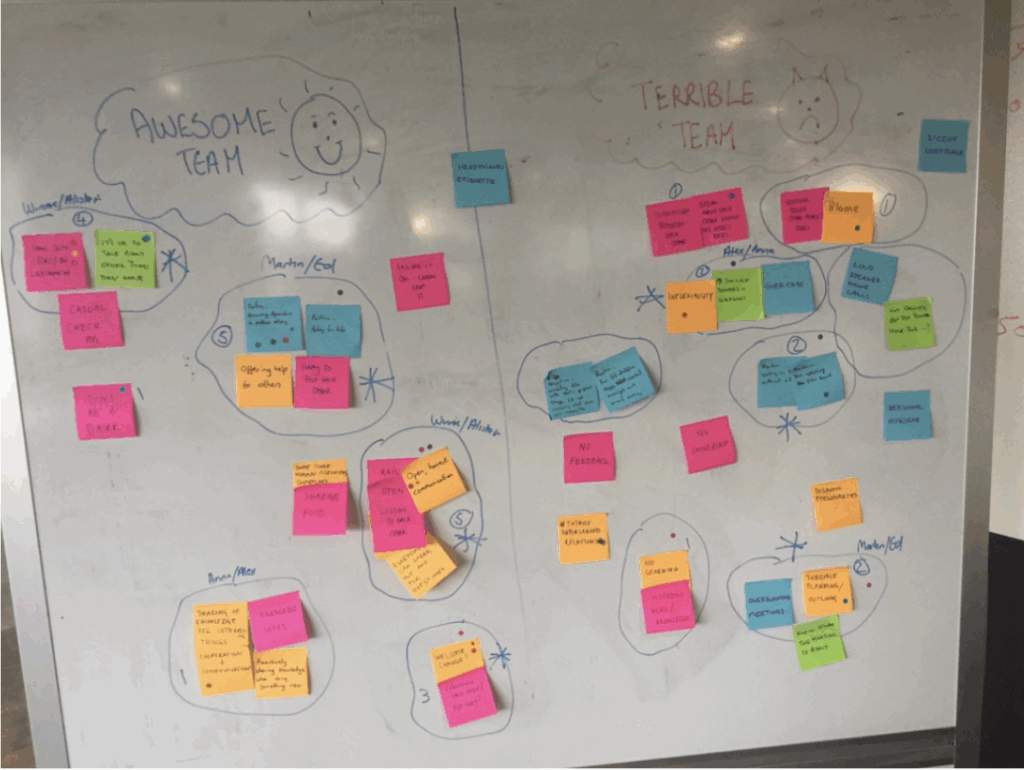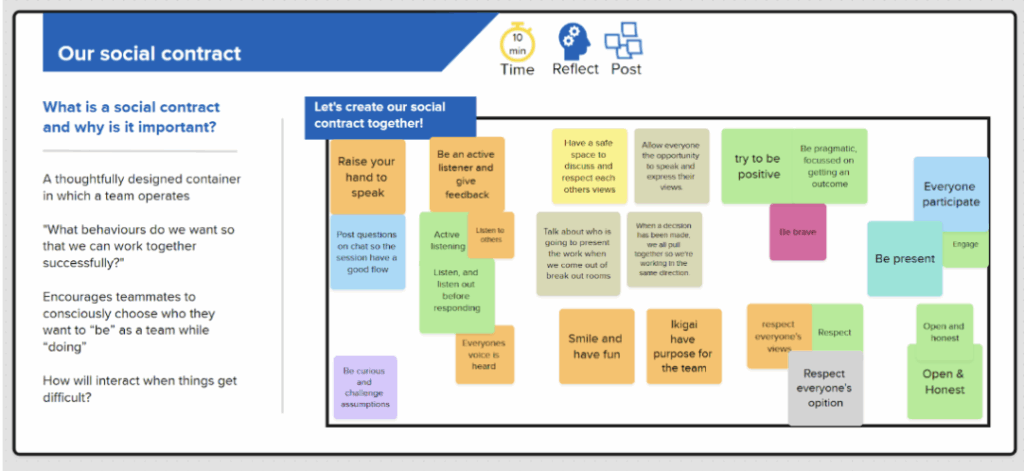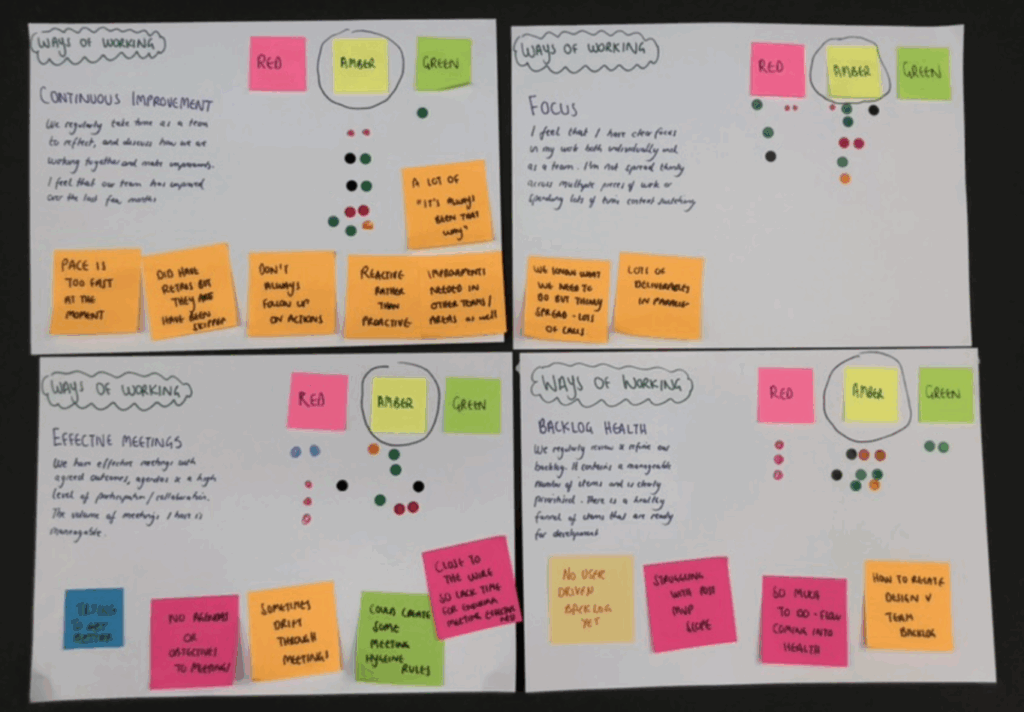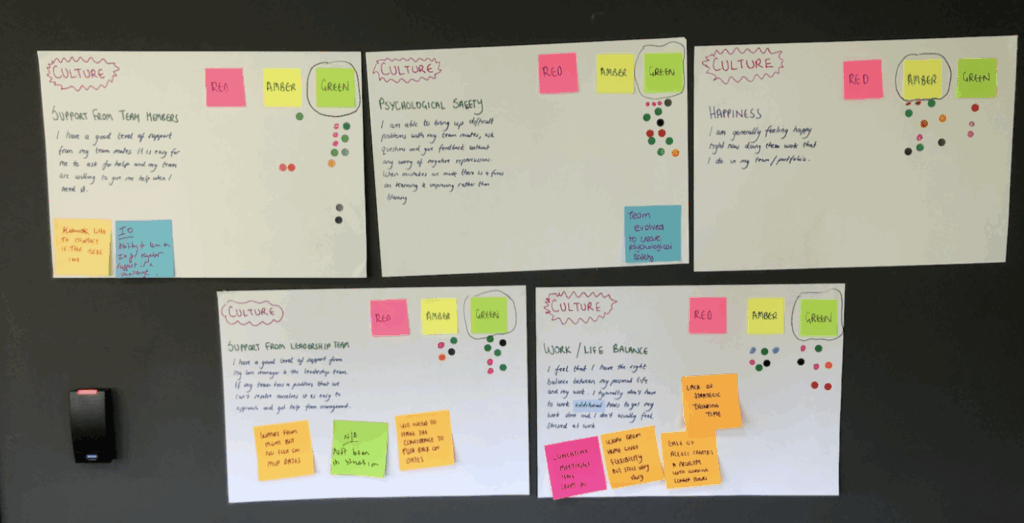
The Essential Guide to Continuous Improvement - Part 1
This is not your Average Continuous Improvement Guide
Welcome to the second instalment in our Deep Dive Series at Outcome Over Output. This one is all about Continuous Improvement – a phrase that everyone nods along to, but it can be challenging to truly embed it into our daily working lives.
Continuous Improvement often gets lost in the flurry of delivery deadlines, the pressure to prove value, and the desire to be seen as productive.
- What is continuous improvement?
- Easiest ways to get started
- Improving your team
- Continuous improvement metrics
- Wrapping up, but really just getting started
You are probably wondering what the main image, the magnificent Cattedrale di Santa Maria del Fiore, Duomo di Firenze also known as the Florence Duomo, has to do with continuous improvement.
Quite a lot, actually. The Duomo took over 140 years to complete, passing through the hands of multiple architects, artists and builders. Its construction was not linear or neatly planned from the beginning. It involved constant iteration, problem-solving and bold experimentation, including Brunelleschi’s revolutionary dome design, which had never been attempted before.
When Brunelleschi began work on the dome, even the tools and machinery required to build it had to be invented. The solution did not exist until someone dared to create it. There were even breaks in progress for decades at a time, yet each generation picked up where the last had left off, improving and evolving the vision rather than discarding it.
What we see today is the result of many people refining and adapting over time, not chasing perfection from the outset.
That is the essence of continuous improvement: persistence, craft, collaboration and the courage to try what has never been done before.
The same principle applies in our everyday lives.
Think about how many of us start the year with the best of intentions.
“This year I’ll get fit, eat healthy, and finally take that art class.”
But then life happens.
Work gets busy.
Kids need things.
The dog needs its vet visit.
This same thing happens too in our teams and workplaces. We talk about improving ways of working, reflect in retrospectives, and maybe even jot down actions. Then the intent to improve is pushed aside by the urgency of now. It’s easy for teams to remain stuck in inefficient patterns, frustrations to grow, and valuable people to burn out or leave.
For organisations, it means missed opportunities, duplication of effort, and systems that creak under pressure. By the time the cost becomes visible, the damage is often already done.
Real continuous improvement, the kind that actually helps teams grow and deliver better outcomes requires more than good intentions.
It needs foundations.
It needs you to make that first move.
This guide is part of a series to help you get started with continuous improvement. We’ll share the easiest ways to get started, provide you with practical tools and let you in on the essentials that are often missed.
P.S. This goes deeper and beyond retrospectives
What is Continuous Improvement?
Continuous Improvement isn’t something new – it was a huge part of Toyota Production System (TPS) way back in the 1950s and is an important principle of both Lean and Agile.
Continuous Improvement isn’t just about improving your product or service, it’s also about improving:
- Yourself – building on your knowledge, skills and experience
- Your Team – improving your processes, collaboration and, ways of working
- The Wider System – improving organisational processes, practices and culture
There are hundreds of practices and tools that can help you to continually improve, but before we get into some of these, we want to cover the basics and talk about some common mistakes.
When we are trying to make improvements it can be useful to refer to the Deming Circle, often referred to as PDSA, which stands for Plan, Do, Study, Act
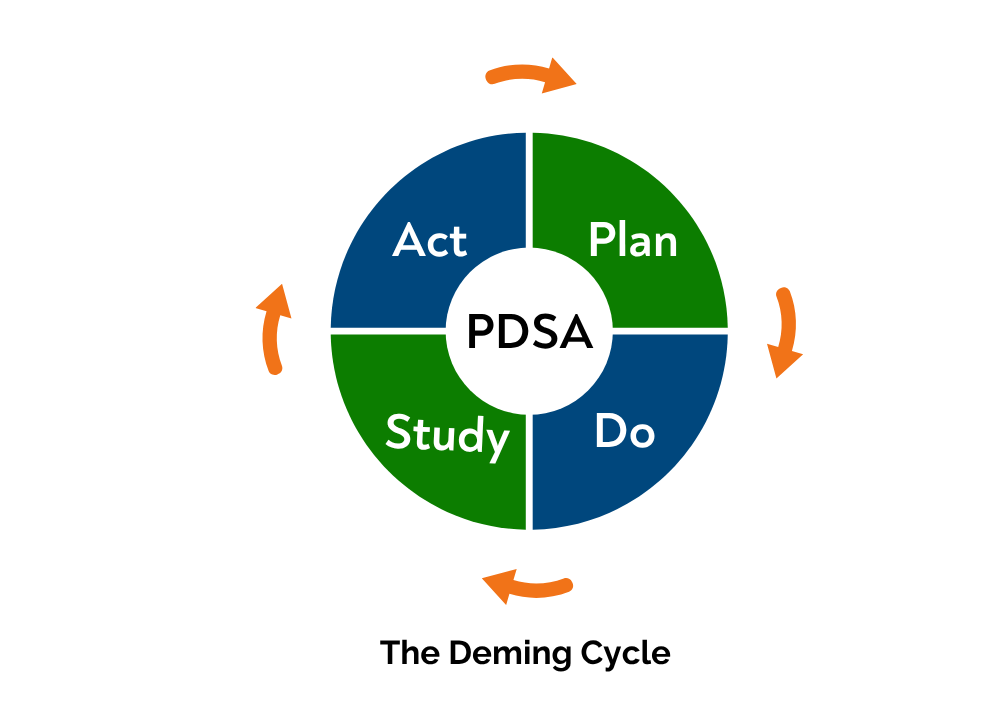
Originally known as PDCA (Plan, Do, Check, Act), Deming later changed the “check” to “study” as he believed that “check” implied a simplistic pass/fail evaluation, whereas this phase benefits from a more thorough analysis and reflection to gain more meaningful insights.
When we make an improvement we need to start by planning the change. We’ll then do the change and after a period of time we’ll need to study what has happened by observing, getting feedback and looking at metrics.
Based on what we’ve learned we will then act or adjust. This could result in us continuing down the same path, tweaking things a little or completely pivoting.
It’s easy to forget about the study and act part of continuous improvement as we can often find ourselves so busy that we are on to the next thing without having a chance to reflect.
However, taking time to reflect on the impact of our improvements is an essential part of continuous improvement, in particular when we are working in complex environments, which have a large amount of unpredictability.
Easiest Ways to Get Started
“Just because something’s not your fault doesn’t mean it’s not your responsibility” – Mark Manson
Our ability to act and change is proportional to the amount of responsibility we take on for ourselves.
This quote perfectly frames where continuous improvement must begin: with you. Before diving into systems, processes, or teams start by holding up the mirror. It’s all too common to point out what others need to fix without considering how we ourselves show up.
Leaders, in particular, often fall into the trap of being too “busy” to improve, while expecting their teams to adapt, change, and grow.
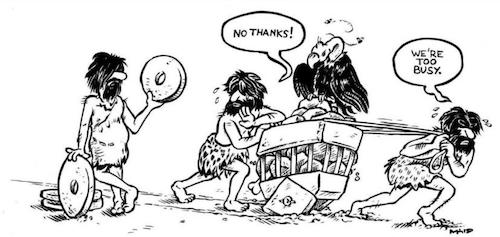 Image Credit: Source Unknown
Image Credit: Source Unknown
But if you don’t make the time, how can anyone else? The truth is, most environments desperately need improvement, yet those in the best position to influence change are often stuck in cycles of busyness, firefighting, and prioritising the wrong things.
That stress then flows downward.
If leadership doesn’t model the behaviour carving out space, being intentional, choosing focus, why would anyone else?
Start with yourself,
Your calendar,
Your habits,
and your mindset.
Improvement isn’t something you delegate. It’s something you embody.
 Start Easy, Not Fancy – KISS
Start Easy, Not Fancy – KISS
Many people think that starting something new or improving a system has to be complex. They overcomplicate the process, believing that if it is not difficult, it is not valuable.
We see this all the time.
We give clients a simple suggestion, and because it feels too easy, they doubt its worth. But real change comes from doing the small things well and doing them consistently.
So, here are some very simple but high-impact ways to begin. No drama. No bells and whistles. Just things that work.
In summary KISS (Keep it Sweet and Simple) is the best way to summarise this section
 Put Your Work on Display
Put Your Work on Display
Make your work visible. All of it. Think of it as putting all the cards on the table.
What are you working on?
What is taking too long?
What are you doing that no longer serves a purpose?
This is like a KonMari moment for your work or your team’s work. When everything is visible, you can begin spotting patterns.
- What can you drop?
- What can you delegate?
- Where is work piling up?
- What needs to be done but is taking too long?
Visibility gives you a starting point for meaningful change.
 Photo Credit: Outcome Over Output – A team visualise their process to identify pain points.
Photo Credit: Outcome Over Output – A team visualise their process to identify pain points.
 Retrospectives: Themes Don’t Lie
Retrospectives: Themes Don’t Lie
A lot of people fail to run retrospectives. It does not matter what framework or non framework you are using, you should still pause, take a breath, and look at what is happening.
Even if you do not run retros regularly, just start by booking one. Once it is in your calendar, it exists. That simple act of booking makes it more likely to happen.
Dislike Retros? A common problem we see is teams failing to capture the recurring themes. Most teams have no proper record, just scattered Miro or Mural boards which makes it difficult to see the bigger picture..
So here is one of our biggest tips: always look for patterns.
Whatever format you use, most retros boil down to the same questions:
- What went well,
- What didn’t go well
- What can we improve?
After each retrospective, take a moment to write down the key points. Bundle them into a few bullets under those three headings. Then, once a quarter, go back through and look at all the notes. Reflect. What keeps coming up? What has not shifted?
Important to note: Action items that are agreed from a retro should be made visible on your team’s board, with an assigned person to take ownership of the action item that needs to happen. “Everyone or Team” usually means that no one will take responsibility.
Example:
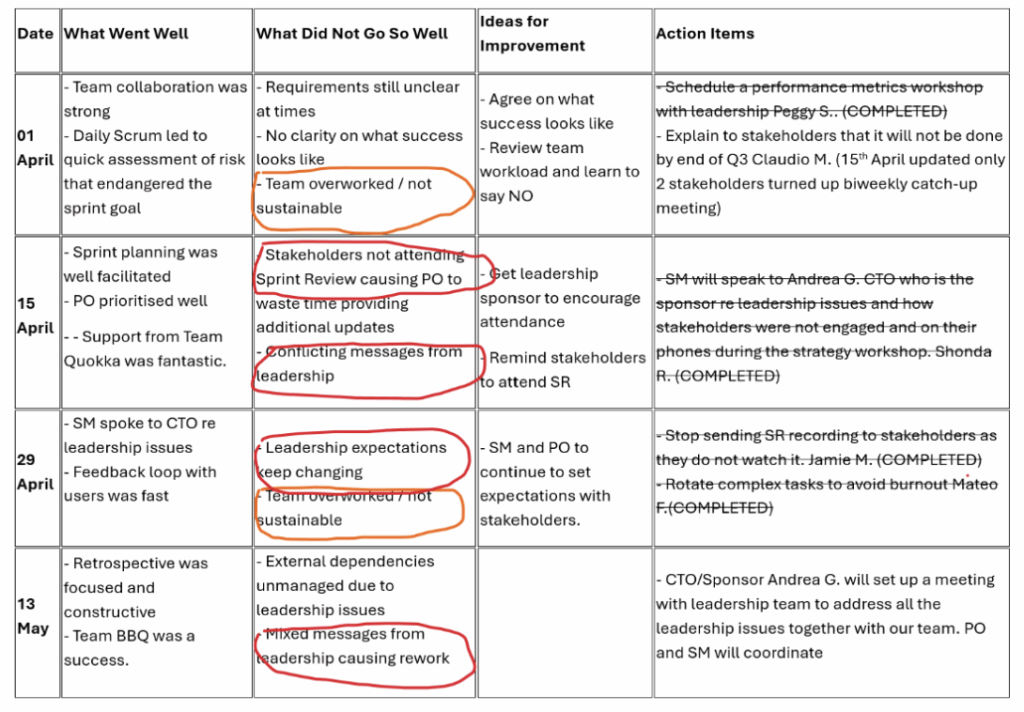
In this example, you may notice two recurring themes: lack of leadership engagement and an unsustainable working pace. Both are serious issues that can prevent the group from meeting its product and delivery goals, as well as leading to an unhappy and unmotivated team.
In summary:
- Capture the key points straight after the retrospective while it is still fresh
- Group notes under three simple headings:
- What went well
- What did not go well
- What can we improve/ Ideas to improve
- Keep it concise a few bullet points for each heading will do
- Save the notes in one running list or document or a Wiki for easy reference later
- Review the themes quarterly look back at past retros and identify patterns
- Ask yourself and your team:
- Are the same issues still coming up?
- What have we actually resolved?
- Where do we need to focus next?
If an issue keeps showing up, chances are no one has dealt with it properly yet.
 Don’t Go Chasing Fancy Metrics – Your Data’s Already Talking
Don’t Go Chasing Fancy Metrics – Your Data’s Already Talking
People get nervous around metrics, but you do not have to invent the next fancy dashboard. Start with what is in front of you. Got customer reviews? Read them. Internal data like lead time or cycle time? Take a look. You can even track team morale or energy levels.
Do not try to be clever. Just be consistent. One or two simple metrics, well-used, can tell you more than a dozen you cannot act on.
Start with the ones you have as opposed to creating new ones.
Improving Your Team
 Team Startups and Resets / Refreshes
Team Startups and Resets / Refreshes
As part of your continuous improvement journey, don’t overlook the power of Team Startups and Team Resets (also known as Team Refreshes). These proactive workshops can make a big difference, whether you’re forming a brand-new team or regrouping after changes in direction or team membership.
So what happens in these sessions?
If you’re working with a new team, start with activities that help people get to know each other and build empathy. We’re big fans of Management 3.0 tools like Personal Maps and Moving Motivators. They are simple but powerful ways to explore individual perspectives and motivations.
Next, take some time to co-create the culture you want to see. Ask questions like:
- What do we value in a team?
- What behaviours help us do our best work together?
You might want to create a Team Charter or a set of Team Norms. something visible and shared that sets expectations and keeps alignment strong. This can include things like:
- Our purpose: Why we exist as a team and what success looks like.
- Our values: What matters most to us? Things like trust, respect, learning, transparency.
- Working agreements: How we want to communicate, give feedback, handle conflict, or make decisions.
- Meeting habits: When and how we meet, and how we make those meetings useful.
 Photo Credit: Outcome Over Output. This team has used the inversion technique to identify what characteristics they want to create their Awesome Team.
Photo Credit: Outcome Over Output. This team has used the inversion technique to identify what characteristics they want to create their Awesome Team.
It’s also good to talk about the practical things e.g. what processes and practices will you use. Rather than mandating a specific Agile framework, we encourage teams to explore different ways of working and choose one that fits their context..
Autonomy is key, and empowering the team to shape their own process builds ownership and engagement from the start.
These workshops aren’t just for new beginnings. They’re a valuable tool to revisit any time your team goes through a major change. You can think of them as a reset button – an intentional pause to reflect, realign, and relaunch with purpose.
Done well, team startups and resets give your team a solid foundation and the confidence to grow and adapt over time.
Look out for a future deep dive article on team startups where we’ll share more about how to design and facilitate these types of workshops.
 Image showing a team brainstorming to create their Social Contract or Team Working Agreement.
Image showing a team brainstorming to create their Social Contract or Team Working Agreement.
 Team Health Checks
Team Health Checks
One of our favourite ways to encourage continuous improvement is through team health checks.
These team health checks were originally inspired by Spotify’s approach to team working. They used a “Squad Health Check”, which is a lightweight way to check in with each squad and help them reflect, spot problems early, and track how things change over time.
A team health check is a simple, structured way for a team to reflect on how things are going. It’s not just about delivery metrics, it includes everything from team morale to collaboration, communication, and technical health. It helps surface different perspectives and identify areas that might need attention.
How Team Health Checks Work
The first step is deciding what areas you want to check in on. These might include:
- Quality of work
- Speed of delivery
- Autonomy
- Communication and meetings
- Collaboration with customers
- Value being delivered
- Purpose
- Technical debt
- Team morale and fun
- Mastery and learning
- Ways of working
This isn’t an exhaustive list. The best health check categories are the ones that are created within the context of the team and organisation. You just need to identify around 7–10 categories that feel relevant to you.
 Photo Credit: Outcome Over Output. Image of a team health check – team members voting red, amber or green for each area
Photo Credit: Outcome Over Output. Image of a team health check – team members voting red, amber or green for each area
Once you’ve agreed on the categories, you ask each team member to rate each one as Green, Amber, or Red:
- Green: This area is working well and there are no urgent improvements needed.
- Amber: It’s okay, but could be better. Some improvement would help.
- Red: It’s not working well right now, and we’d like to improve it urgently.
These ratings are subjective, and that’s okay – the goal isn’t consensus, it’s conversation.
You’ll often see a mix of ratings, which can be really valuable. Where people see things differently, there’s usually something worth exploring.
What Happens Next?
Once the ratings are in, the real value comes from the conversation. Why did people give the ratings they did? What’s behind the ambers and reds? As a facilitator, your role is to encourage open dialogue and listen without judgement. Ask open questions and understand what is behind these ratings.
After taking some time to have a good discussion, pick one category to improve. It might be the one with the lowest score, or the one the team feels most motivated to change. Generate a few improvement ideas and agree on what you’ll try next.
Repeat the health check every few months to track trends over time. Are you improving? Where are things slipping? It’s a great way to keep improvement visible, lightweight, and team-led.
 Photo Credit: Outcome Over Output. Image of a team health check.
Photo Credit: Outcome Over Output. Image of a team health check.
What to Avoid in a Team Health Check
Health checks can be a great tool to help your team improve, but it is important not to use them as a way to measure team performance or compare teams.
This is a sure fire way to make people clam up or simply vote green, when they really mean red or amber.
Health checks are subjective, so it doesn’t even make sense to use them as a performance tool.
If you are carrying out health checks across multiple teams, a better focus is to identify common themes surfaced by the individual teams and get support from management to help the teams remove any blockers or impediments that are outwith their control.
We can help you to run team health checks and team startups. Contact us for a free consultation.
Using Metrics to Guide and Track your Continuous Improvement
When you’re investing in continuous improvement, it can be helpful to use data and metrics. They serve two main purposes: they give you insights into where and how you can improve and they help you track your progress.
It’s important not to overcomplicate things.
Too many metrics can be overwhelming and confusing. Aim for a small set of product, delivery and team metrics that your team understands and can actually use. The goal isn’t to obsess over the numbers, it’s to use them to support better conversations and decisions.
Here are some examples of metrics:
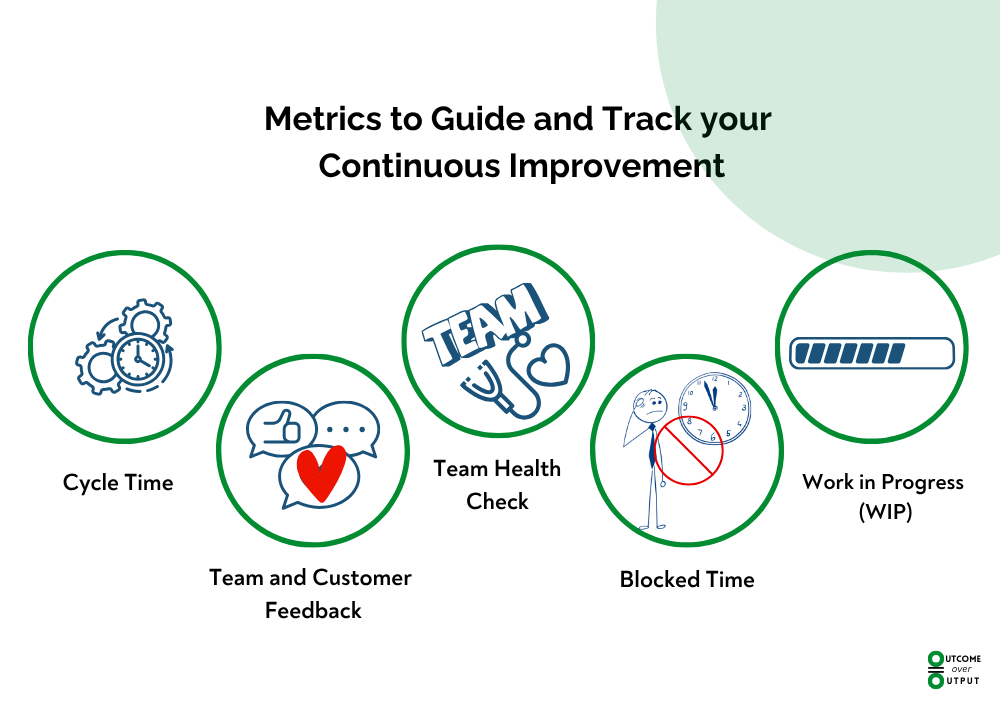
- Cycle Time – how long does it take to complete a piece of work, from starting it to finishing it? Shorter cycle times usually mean faster value to customers. You can also dig into outliers to uncover hidden issues or blockers.
- Team and Customer Feedback – you don’t need long surveys. A short set of well structured questions can tell you a lot. Look for patterns over time, not just one-off scores.
- Team Health Check Metrics – using a red/amber/green model for categories like collaboration, value delivery, or ways of working can help you track trends.
- Work in Progress (WIP)
Too much WIP can be a signal that the team is stretched too thin or that work is getting stuck. It’s a simple way to understand flow.
- Blocked Time – how long do items stay blocked and what are the reasons behind this? If you notice recurring delays, it might point to a system constraint worth exploring.
Metrics are only useful if they help you learn and improve. Keep them simple, use them regularly, and treat them as the start of a conversation, not the final word.
Wrapping Up, But Really Just Getting Started
Continuous improvement isn’t a task to tick off, it’s a habit, a mindset, and a way of working. It takes intention, reflection, and courage. But more than anything, it takes starting. With yourself. With your team. With what you already have.
In the next part of this series, we’ll go deeper into specific techniques for driving improvement across product, delivery, and organisational systems.
Until then, pick one thing from this guide and try it.
- Book a retro.
- Make your work visible.
- Choose one thing you would like to improve after reading this article and follow through
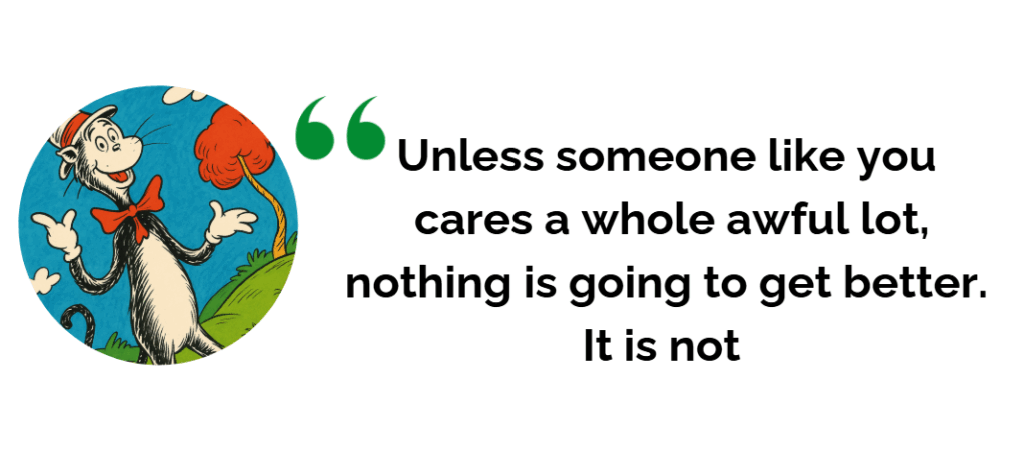 Improvement begins not with perfection, but with a first step.
Improvement begins not with perfection, but with a first step.
This blog post is part of a series so stay tuned for Part 2.
Subscribe to our newsletter below for free and receive a monthly product and delivery deep dive.
The Essential Guide to Continuous Improvement – Part 1 This is not your Average Continuous Improvement Guide Welcome to the second instalment …
Struggling with Meeting Engagement? Use PODS We were in the middle of a high-pressure project. One that everyone across the business was …
Don’t Fix Symptoms – Identify your Root Causes using a Current Reality Tree Suzanne Morrison In this post, we will explore how …
Using the Lean Coffee Format to Cultivate Connection and Understanding Vinnie Gill Who would have imagined that a meeting style, known as …

